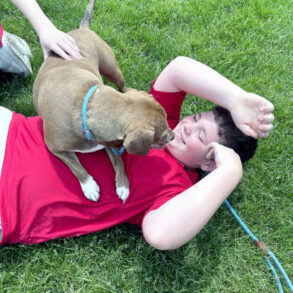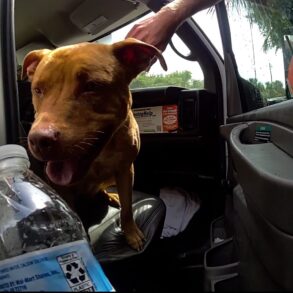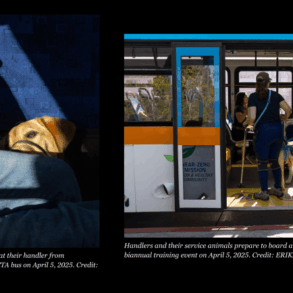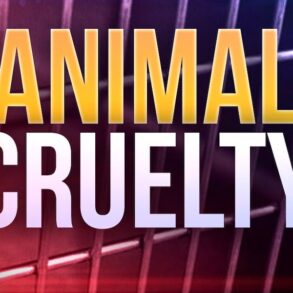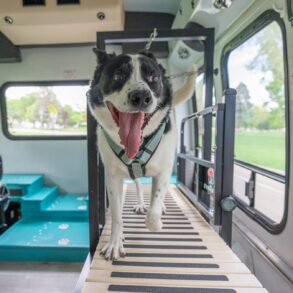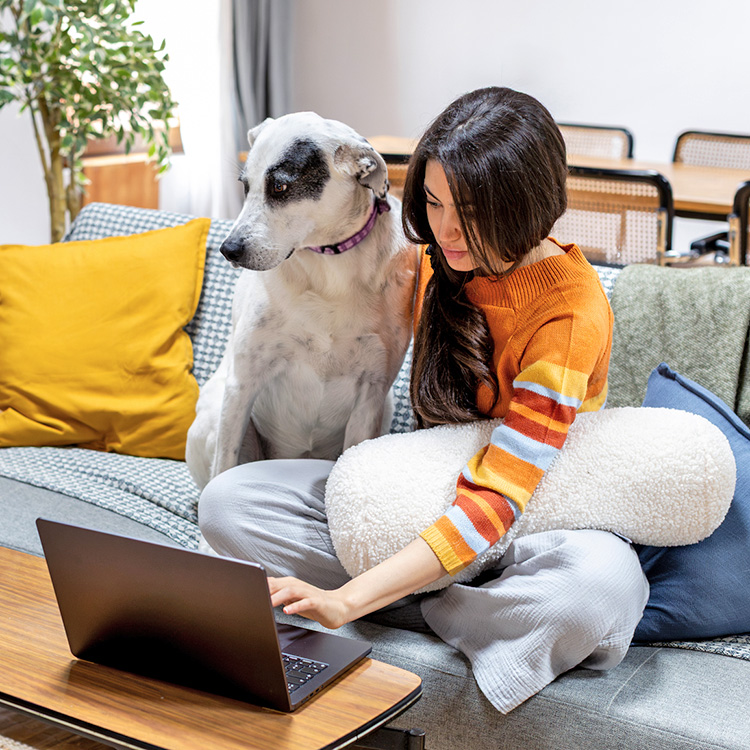
Job stress is a widespread phenomenon — according to the American Psychological Association, work-related stress affects 77 percent of employeesopens in new tab. And because no man is an island, all that anxiety’s bound to reverberate; scientists call it “crossover”opens in new tab when our work stress spreads to our family and partners.
A new studyopens in new tab published in Scientific Reports found that it’s not just our human companions who experience our secondhand jitters and dread. Apparently, our work stress passes on to our dogs, too.
Save on the litter with color-changing tech that helps you better care for your cat.
Get Your Coupon
The study
Researchers recruited 85 employed pet parents to answer a series of questions. First, participants were asked to rate their dog’s stress on a scale from zero to one. Because we’re not always as good at reading our dogs’ emotions as we think we are, they were also asked to report how often their pet showed any of 11 stress-related behaviors, such as vocalizing and pacing.
Using a survey called the Subjective Job Stress Scale, researchers then evaluated the participants’ work-related stress levels. Participants also completed a survey called the Work-Related Rumination Scale, which measures how often people experience negative emotional thoughts related to work during non-work hours.
In the end, researchers found that crossover between people and pets is real; it’s not just cartoon cats who hate Mondays. Dogs whose pet parents have high-stress jobs showed more behavioral signs of stress. As predicted, parents weren’t great judges of their own pet’s emotions and often underestimated their dog’s distress; no relationship was found between high-stress jobs and perceived stress in dogs.
Crossover was specifically associated with work-related rumination. Researchers propose that rumination may lead pet parents to be distracted, and therefore less mindful of their dog’s needs. It’s also likely that because rumination often occurs within the home, this type of stress gives dogs a direct chance to observe their anxious human. Research has found that dogs are highly receptive to our emotional states; they really do know when we’re stressed or sad.
How you and your pup can cope with stress
If it stresses you out that you’re stressing your dog out, don’t panic. While your anxiety might be a little contagious, there are also many ways that you and your pet actually benefit each other’s mental health — and many ways to bring down your stress levels with the help of your pup.
Studies have found that playing with a dog reduces stress and improves concentration. Petting a dog lowers blood pressure and heart rate; it also boosts oxytocin, the “feel-good hormone.” Plus, pups can be incorporated into (and encourage!) all kinds of activities that are good for both people and pets, from exercise to meditation.
So breathe easy, because you don’t have to avoid your pup to keep them from getting bummed out — in fact, the solution’s the very opposite. The best way to alleviate your own anxiety and preventing it from impacting your pup? Spend some good, old-fashioned quality time with them.
There’s a brand new stress-busting content collection designed with this very message in mind. Mars and Calm recently partnered to bring stress-relieving tools to dog lovers; the collection offers guided meditations, breathing exercises, and sleep stories. One meditation is called “Work Break Buddy,” and at only seven minutes long, it’s specifically designed to help you tap into the joy of pet parenting throughout a stressful work day.
To explore more ways that you and your pup can benefit each other’s wellness and get started with Calm, check out our wellbeing hub at the link below.
This post was originally published on this site be sure to check out more of their content.










